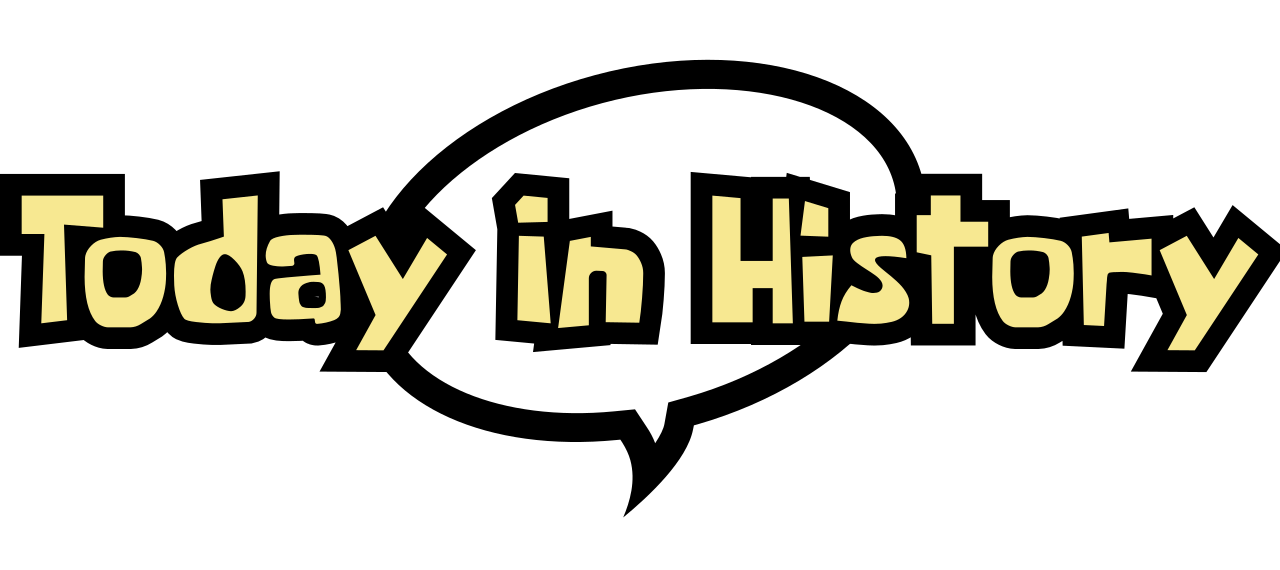On July 15, 2006, a little bird chirped its way into the world, forever changing the landscape of communication. That day, a San Francisco-based company called Odeo launched its side project – a short messaging service (SMS) called Twttr (later shortened to Twitter). What began as a way for friends to share quick updates blossomed into a global phenomenon, transforming into one of the most popular social media platforms today.
Twitter’s origins are humble. Born from a brainstorming session at Odeo, then a struggling podcasting company, the idea came from engineer Jack Dorsey. He envisioned a service allowing users to send short status updates via SMS to a group of followers. Initially, these updates were limited to a mere 140 characters, forcing users to be concise and creative. This character limit, now raised to 280, became a defining feature, fostering a unique style of communication known as “tweeting.”
The platform’s public launch in July 2006 was met with modest interest. However, Twitter’s true potential was revealed at the 2007 South by Southwest (SXSW) Interactive conference. Attendees used Twitter to share real-time updates on the event, creating a buzz that spread like wildfire. Suddenly, the world saw Twitter’s power as a tool for immediate communication and connection.
Twitter’s rise coincided with the burgeoning smartphone revolution. The ability to tweet from anywhere, anytime, further fueled its popularity. Hashtags, introduced in 2007, provided a way to categorize tweets and spark conversations around trending topics. News organizations quickly grasped Twitter’s potential for real-time reporting, using it to share breaking news and connect with audiences in a more interactive way.
As Twitter grew, so did its features. The ability to follow other users, retweet interesting content, and engage in direct messaging conversations fostered a sense of community. Celebrities, politicians, and everyday people alike joined the platform, creating a vibrant digital space for sharing ideas, news, and even humor.
Twitter’s impact extends far beyond social interaction. It has become a powerful tool for activism and social change. Movements like the Arab Spring and #BlackLivesMatter used Twitter to spread awareness, mobilize supporters, and document events. Twitter has also proven to be a valuable resource for disaster relief efforts, allowing people to connect and share information during times of crisis.
However, Twitter’s meteoric rise hasn’t been without challenges. The platform’s open nature can facilitate the spread of misinformation and disinformation. Cyberbullying and online harassment are also persistent issues. Twitter has taken steps to address these problems, but the fight is ongoing.
Despite these challenges, Twitter remains a powerful force in the social media landscape. With its focus on real-time communication and brevity, it offers a unique space for sharing the world’s stories, both big and small. From breaking news to everyday musings, Twitter has become a platform where anyone can have a voice and connect with a global audience.
As Twitter continues to evolve, one thing remains certain: the little bird that chirped its way onto the scene in 2006 has left an undeniable mark on the world. It has transformed the way we communicate, share information, and connect with each other. Whether you’re a seasoned tweeter or a curious newcomer, there’s no denying the impact of this social media giant.







What do you think?
Show comments / Leave a comment